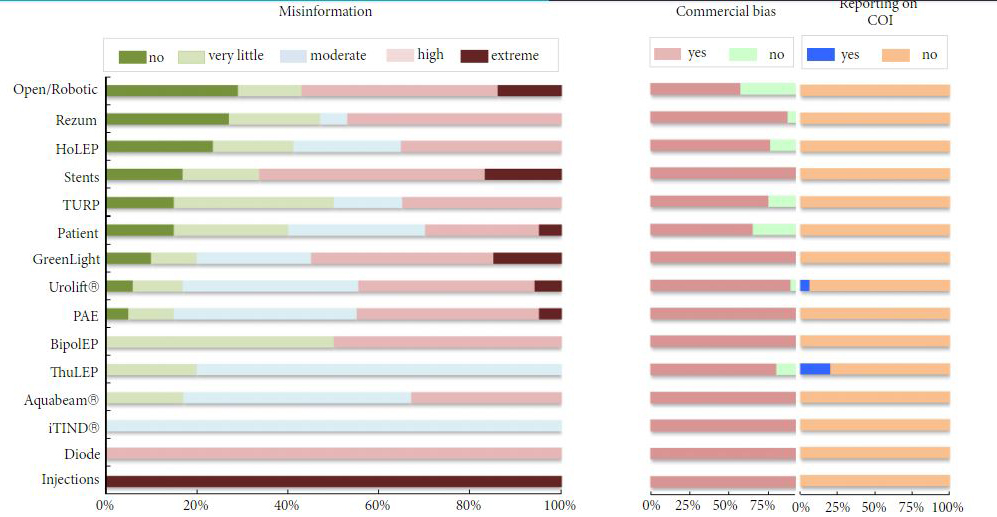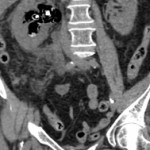Article of the week: Information on surgical treatment of benign prostatic hyperplasia on YouTube is highly biased and misleading
Every week, the Editor-in-Chief selects an Article of the Week from the current issue of BJUI. The abstract is reproduced below and you can click on the button to read the full article, which is freely available to all readers for at least 30 days from the time of this post.
In addition to this post, there is an editorial written by a prominent member of the urological community and a visual abstract for a swift overview of the article. Please use the comment buttons below to join the conversation.
If you only have time to read one article this week, we recommend this one.
Information on surgical treatment of benign prostatic hyperplasia on YouTube is highly biased and misleading
Patrick Betschart*, Manolis Pratsinis*, Gautier Müllhaupt*, Roman Rechner*, Thomas RW Herrmann†, Christian Gratzke‡, Hans–Peter Schmid*, Valentin Zumstein* and Dominik Abt*
*Department of Urology, Cantonal Hospital St Gallen, St Gallen, †Urology Clinic, Spital Thurgau AG, Frauenfeld, Switzerland, and ‡Department of Urology, Albert–Ludwigs–University, Freiburg, Germany
Abstract
Objectives
To assess the quality of videos on the surgical treatment of lower urinary tract symptoms associated with benign prostatic hyperplasia (LUTS/BPH) available on YouTube, given that such video‐sharing platforms are frequently used as sources of patient information and the therapeutic landscape of LUTS/BPH has evolved substantially during recent years.
Materials and Methods
A systematic search for videos on YouTube addressing treatment options for LUTS/BPH was performed in May 2019. Measures assessed included basic data (e.g. number of views), grade of misinformation and reporting of conflicts of interest. The quality of content was analysed using the validated DISCERN questionnaire. Data were analysed using descriptive statistics.

Results
A total of 159 videos with a median (range) of 8570 (648–2 384 391) views were included in the analysis. Only 21 videos (13.2%) were rated as containing no misinformation, 26 (16.4%) were free of commercial bias, and two (1.3%) disclosed potential conflicts of interest. According to DISCERN, the median overall quality of the videos was low (2 out of 5 points for question 16). Only four of the 15 assessed categories (bipolar and holmium laser enucleation of the prostate, transurethral resection of the prostate and patient‐based search terms) were scored as having moderate median overall quality (3 points).
Conclusion
Most videos on the surgical treatment of LUTS/BPH on YouTube had a low quality of content, provided misinformation, were subject to commercial bias and did not report on conflicts of interest. These findings emphasize the importance of thorough doctor–patient communication and active recommendation of unbiased patient education materials.



